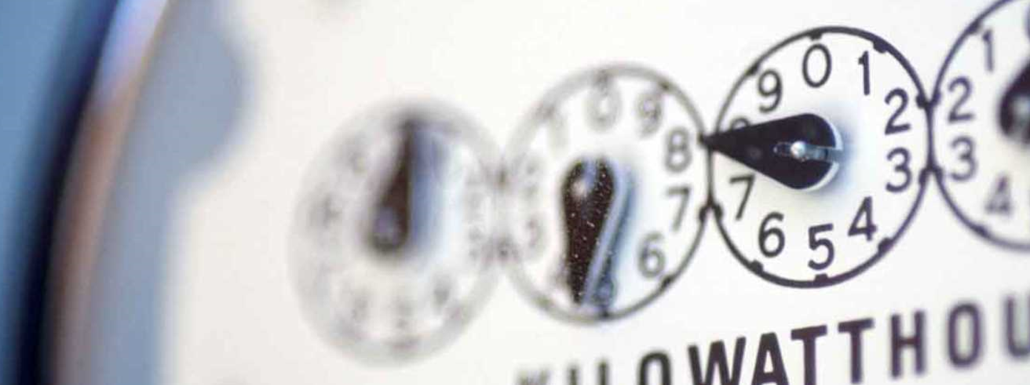Energy Efficiency Detectives Help Miami-Dade Buildings Cut Power Bills And Carbon Emissions
The iconic, pyramid-shaped office building at 550 Biltmore Way has presided over the Coral Gables skyline since 1986. And, at the top of the pyramid, two hulking, 180-ton air conditioning units have been cooling the air inside since the building first opened four decades ago.
Aging machines like these, which operate less efficiently than newer models, can add thousands of dollars to a building’s annual utility bill — especially in a year that is on pace to break South Florida heat records. They also use more energy, raising carbon emissions and contributing to climate change.
“The chillers have been working very hard this summer,” said Isel Morfa, the building engineer.
To figure out just how hard the chillers been running, and just how much the building owners could save by upgrading them, University of Miami industrial engineer Ibrahim Ahmed rode the art deco building’s burled walnut paneled elevator to the top penthouse floor, stepped out onto a rooftop terrace with a view overlooking the Biltmore Hotel, and climbed up a ladder to reach the electrical panels that sit next to the noisy hum of the A/C units.
There, he donned a welder’s mask and an electricity resistant arc suit — a getup he says makes him feel a little like Ironman — and opened up the panels to clamp electrical sensors onto the thick cables that deliver power to the chillers. The sensors will collect data for the next few weeks and inform a report that Ahmed and his colleagues at the University of Miami Industrial Assessment Center will deliver to the building’s owners outlining steps they can take to use less power.
“Depending on how much they’re willing to implement, they could save between 5 and 20 percent” of their energy bill, said Ramin Moghaddass, an associate professor of industrial and systems engineering at UM and the director of the Industrial Assessment Center.
The building inspection at 550 Biltmore Way is part of Miami-Dade County’s Building Efficiency 305 program, which started last year to help building managers save money and shrink their carbon footprint. Building owners and managers can enroll in the program and attend free training sessions on boosting their buildings’ energy and water efficiency. Eight times a year, the county picks one participating building for a free efficiency audit from the UM Industrial Assessment Center, which offers them tailored advice on cutting their power bill.
For Alicia Rivero, the project management director at CGI Merchant Group, the company that owns the building, the decision to enroll was simple: “We wanted to save money,” she said. But for the county, there’s a broader goal. Buildings account for 37% of Miami-Dade County’s greenhouse gas emissions. A big chunk of that comes from 12,000 large buildings measuring 20,000 square feet or more, according to Marta Marello, who runs the Building Efficiency 305 program.
“The purpose of this program is to improve energy and water efficiency in large existing buildings because we know that’s where we can have the biggest impact” on greenhouse emissions and water usage, Marello said.
Source: Miami Herald



